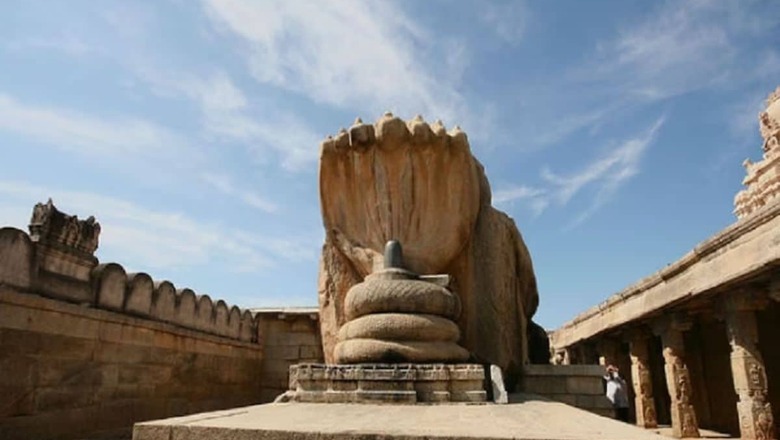
views
Stella Kramrisch, the prolific and comprehensive scholar of Indian art and culture, wields her pen like a brush: when she describes about mobile Hindu art and the Mankhas:
“As permanent or temporary decoration, on the floors, on the walls and ceilings of private houses, palaces and temples, and in the streets, paintings instructed and enlivened the mind of the public. Even religious teachers used painting as the most popular means of communication, that could be understood by the illiterate and the child. There is a class of Brahmanical teachers, known by the name of Mankha. They make a (portable) framework upon which they cause to be drawn a variety of pictures, depicting scenes of good and evil destinies, of fortunes and misfortunes, and causing the labels to be inscribed: ‘By doing this deed one attains this,’ ‘By doing that, one attains that. Thus, showing different destinies, they wander about with these pictures.’”
The powerful impact that these paintings and illustrations created on the minds of the common populace needs to be contextualised. European ideas of rationalism, atheism, equality, liberty, etc, were essentially rejections of and rebellions against the Christian God, speaking generally. Until they made inroads into the Indian society and swept an elite section of it, this society was unshakably moored in faith-based convictions of life: faith in our Devatas, belief in Punya (virtue) and Papa (transgression of ethics and morals), and faith in the Otherworld, and so on. Our spiritual, literary and artistic inheritance reinforced these convictions in every age — the same epic and Puranic lore were recast and retold in countless ways and through countless mediums. This cultural and spiritual anchoring among other things was one of the central reasons why the Mankha artform endured for so long.
In the Vijayanagara Era, the art of the Mankhas received substantial patronage. While its external techniques had undergone modification, the core remained pretty much intact. In a short but valuable study of Vijayanagara paintings, the scholar and art historian, C Sivamurti gives us impressive details of how chitrapatas had evolved during that period. While Yamapatas retained their prominence, their model branched out in various forms. Jain chitrapatas for instance, played an influential role and perhaps for the first time, elaborate labels were inscribed under each scene in the picture panels. Some examples of Jain chitrapatas include the life of Rishabhadeva, the birth and life of Vardhamana Mahavira, etc.
The Hindu side of this artform displayed paintings of Yudhishtira’s coronation, the love between Radha and Krishna, Amritamanthana, etc. Some of these Chitrpatas have survived the ravages of time — we see them most notably on the wall and ceiling paintings in Lepakshi.
We also notice a continuation of the same artistic tradition even today in most temples in South India. Like in Lepakshi, the walls and ceilings of these temples show an elaborate and scene-by-scene depiction of say, the Sthala-Purana (incorrectly translated as “local legend”), the various Mahimas (miracles) of the presiding deity, and other stories.
Following the tragic destruction of the Vijayanagara Empire, the Mankhas preserved their art under the patronage of the Nayakas in South India. The rulers of Thanjavur, Madurai, Kadapa, and Mysore among others sustained and embellished it. In other parts of Bharatavarsha as well, Mankhas somehow managed to survive, painfully wheezing out their last breaths in a vast region encompassing Maharashtra, Rajasthan, Bihar, Bengal and Odisha.
What Rudyard Kipling’s father saw and documented in 1890 was an artform that was in its death throes, impelled by the plunder-hungry East India Company hailing from his own native country.
The Mankhas who had been the pride of the Sanatana society for uncountable centuries, were hurtling towards extinction under British rule.
And when I encountered them in my childhood, they were perched on the verge of beggary. But their generational reverence for our deities and our sacred stories, and the memory of the profoundly devout manner in which they narrated their picture-stories wells up my eyes. Even as I conclude this essay series.
The Mankhas whom I encountered weren’t themselves aware of their pre-eminence as the exalted inheritors of a hoary cultural treasure.
That perhaps is the greater tragedy.
(Series concluded)
The author is the founder and chief editor, The Dharma Dispatch. Views expressed in the above piece are personal and solely that of the author. They do not necessarily reflect News18’s views.

















Comments
0 comment